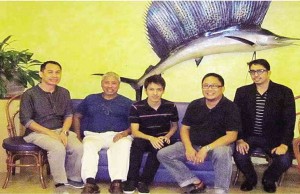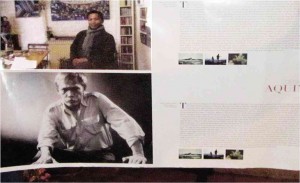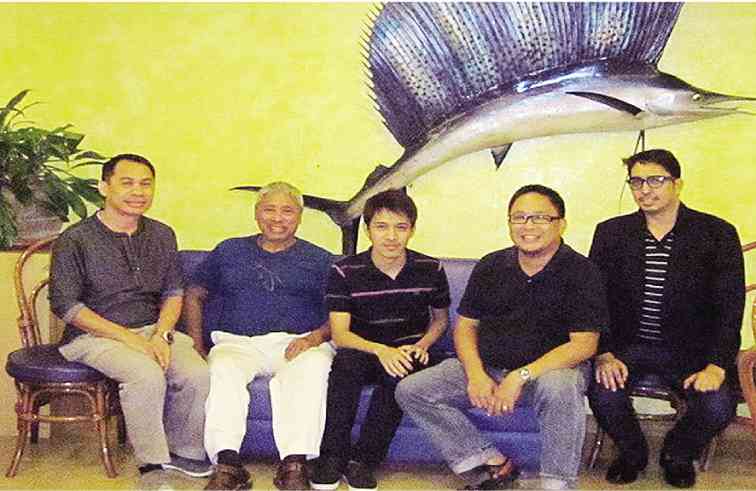
Silliman University’s Cultural Affairs Committee was established in 1962 by Miriam Palmer, and since then has had a cultural season for every school year.
The objective was to preserve our musical heritage and ethnomusicology. There were five shows every semester, and artists from here and abroad would be invited to perform.
The committee is now celebrating its 50th anniversary.
“Since it’s our 50th year, our shows this year are extraspecial,” said Moses Atega, the committee’s external affairs officer. “The most important project is a coffee-table book to be handed down to the next generation. It’s the reason we are here in Manila, to supervise the printing, and also to interview some of the cultural prime movers of Silliman that are already here (based) in Manila, to see where they are and to document their works.”
The book will be launched in June.
National Artists
For starters, Atega mentioned National Artists Edith Tiempo and Eddie Romero: “Edith Tiempo is no longer with us but you can see her legacy very much working. You have Marjorie Evsaco, Krip Yuson, Aida Rivera Ford… a lot of the icons in Philippine literature are products of the writers’ workshops in Silliman founded by the Tiempos, Edilberto and Edith.”
Atega and other members of the committee spoke during a gourmet dinner tendered by Mia E. Protacio, voice talent of the Philippine Opera Company (POC), at Nichols Airport Hotel in Parañaque City.
As for film director Romero, “did you know that he was a high-school student at Silliman and that he had a story published in the Free Press when he was 12? He attributes his capability to a very good American teacher, Abby Jacobs.”
Ethnomusic pioneer
The committee officer cited a pioneer of ethnomusicology in the Philippines, Priscilla Magdamo-Abraham, now based in the United States. She goes around schools there, private and public, to teach children folk tales from the Philippines.

But, like Evelyn Mandac (whom we interviewed earlier in the same venue), Magdamo-Abraham cannot qualify for the National Artist Award because she is an American citizen.
Silliman was culturally alive even in the early part of the 19th century, Atega noted. There were researches on Philippine theater, an orchestra in Dumaguete, the Department of Music was established, and choral music education offered.
“There is much to celebrate,” Atega concluded. “I hope that this year’s celebration will be a way for the Philippines to know that if there is a place outside Manila that should be considered a cultural center in southern Philippines, that is Dumaguete City.”
‘Rondalla’ program
Silliman is also noted for its strong rondalla program, the prime mover of which was US-based classical violinist Michael Dadap (younger brother of composer Jerry A. Dadap and brother-in-law of cellist Yo Yo Ma), who visited Silliman’s College of Performing Arts in the late 1990s.
“It was our dream to revive the rondalla,” said Diomar Abrio, the committee’s cultural officer.
Dadap’s visit led to a national program and the International Rondalla Festival, first held in Bicol and then in Dumaguete.
The rondalla group Cuerdas was formed, which dazzled rondalla circles because the music was not traditional, and difficult classical as well as contemporary pieces were performed.
Silliman held rondalla workshops for children in many parts of the country, as well as for musicians and music educators who came to Dumaguete.
The program was capped by the launching of Orchestra Sin Arco—“It is without bow but the rondalla replaced instruments in the orchestra,” Abrio explained.
And Atega raved: “You can see that the rondalla is capable of playing music that is exclusively for an orchestra. We did not know that a rondalla is capable of that kind of performance. It was the world’s first… it was conducted by Michael Dadap and we played Jerry Dadap’s ‘Alay sa Inang Bayan.’”












































